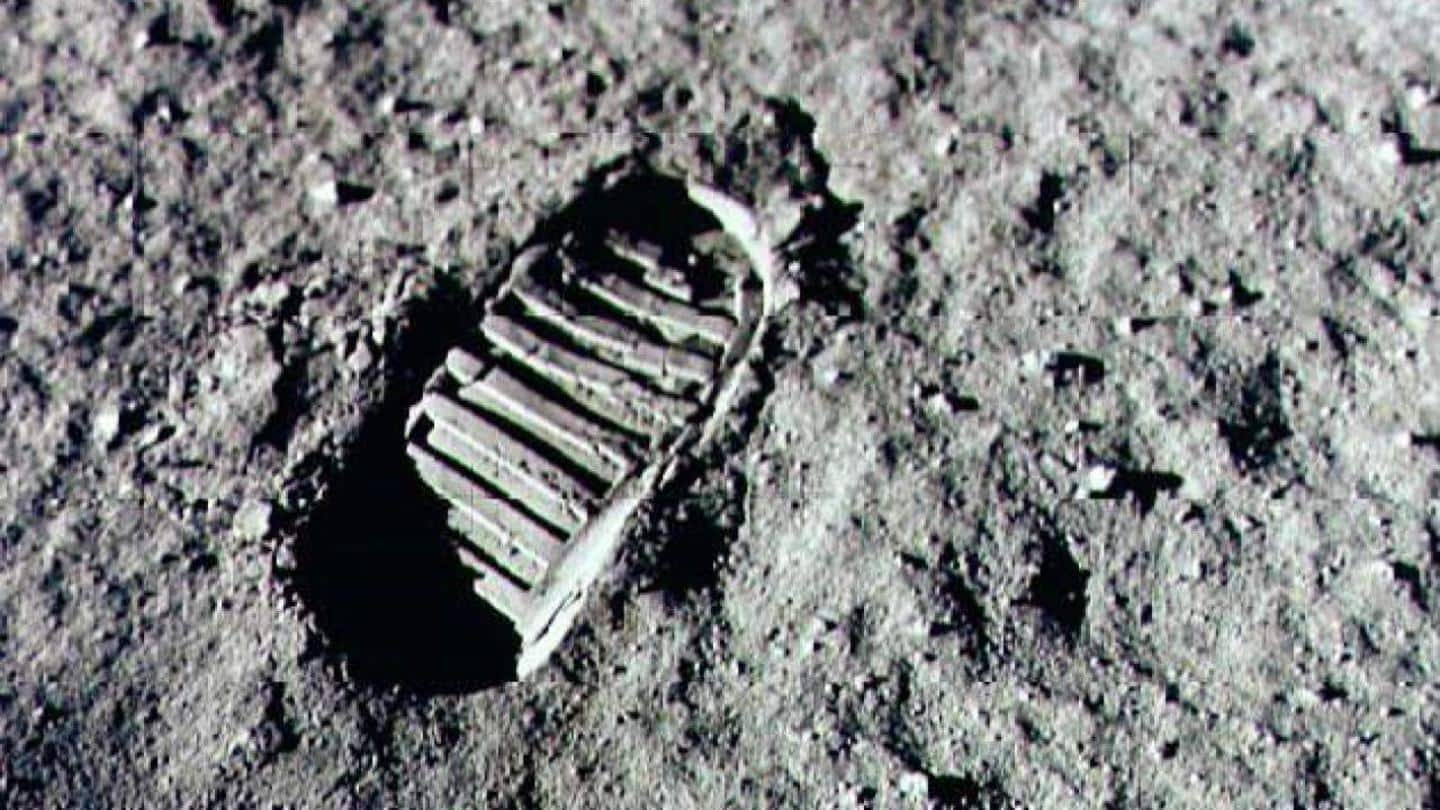
Can NASA 3D-print structures using regolith aboard the ISS?
What's the story
NASA has sent a contracted Northrop Grumman Cygnus resupply spacecraft to the International Space Station (ISS) with nearly 3,720kg of cargo on board, including a machine meant to demonstrate 3D printing regolith on the moon and other extraterrestrial surfaces.
The project's success would be a milestone in the colonization of space since such machines would be able to construct extraterrestrial dwellings for man.
Blast off
Northrop Grumman's 16th ISS resupply mission launched on Tuesday
The resupply mission blasted off on Tuesday at 6:01 pm Eastern Time from NASA's Wallops Flight Facility in Virginia. This Northrop Grumman's 16th contracted resupply mission with NASA and the fifth under its Commercial Resupply Services 2 contract.
Aboard the ISS, astronauts Megan McArthur and Thomas Pesquet will monitor telemetry and use the station's robotic Canadarm2 to capture Cygnus.
Details
NASA plans to demonstrate 3D printing with regolith
Aboard the Cygnus is the Redwire Regolith Print (RRP) project. According to NASA, the project's objective is to demonstrate 3D printing with regolith (loose soil and rock) feedstock material in microgravity.
The project will work with the Made in Space Manufacturing Device (ManD) that's currently aboard the ISS.
The project will involve printing test products using a material simulating regolith.
Standards
Successfully printed samples will be flown to Earth for testing
The primary objective is to demonstrate that 3D printing with regolith works in outer space. The secondary objective is to produce samples that can be tested for tensile, compressive, and flexural strength as per ASTM D638-14, ASTM D695-15, and ASTM D790-17 standards, respectively.
If these prints are successful, the samples will be shipped back to Earth for these tests.
Test specimen
Full specimen set will be created in one single print
NASA explained that the aforementioned standards for testing have been picked because they are suitable for the test material (likely a variation of plastic simulating regolith), the geometry of the required specimens, and the minimum required sample size.
NASA claims that RRP would produce a full specimen set from a single print, thereby obtaining all the test samples from the same source material sample.
For colonization
3D printing in space would reduce payloads for colonization missions
NASA explains that in space, a successful RRP demonstration would pave the way for similar but larger machines that could print structures on other planets and stars such as Mars and the moon using actual regolith.
This would significantly reduce the launch mass for colonization spacecraft since they wouldn't need to carry raw materials for the construction of extraterrestrial dwellings.
Back at home
Earthlings could benefit from structures constructed using on-site materials
On Earth, the RRP project could serve as a proof of concept that durable structures can be created using materials available on-site. The space agency explained that this could potentially improve infrastructure development and quality of life in undeveloped areas.
The project's concept could also help with rehabilitation efforts in the wake of natural disasters.